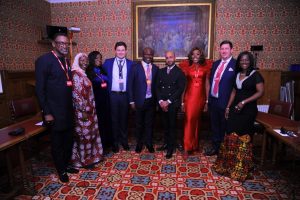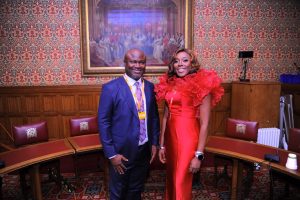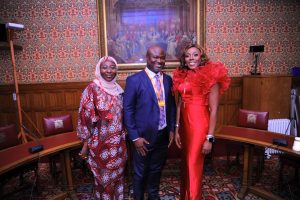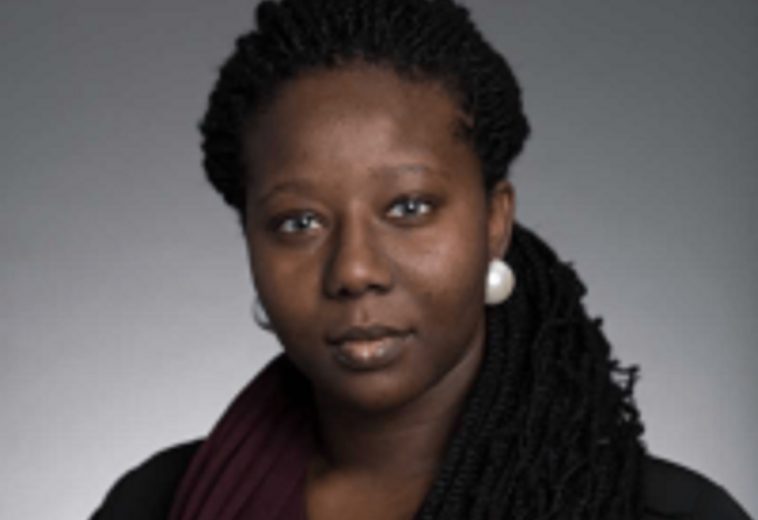Here’s an insightful article by Jane Nkechi Egerton-Idehen, Managing Director of NIGCOMSAT, Nigeria. Following her attendance at the 9th Africa Leadership Magazine Summit in London, which brought together visionary African leaders under the theme “Africa Unleashed: Navigating Disruptions, Enhancing Opportunity,” Jane penned this piece titled “Africa Using Technology to Navigate Disruption and Position Itself for Enhanced Opportunities.” Her reflections capture the transformative discussions held during this remarkable gathering.
In her article, Jane highlights how Africa can leverage its youthful demographic and technological advancements to overcome challenges and seize new opportunities. She emphasises a shift from externally driven development programs to self-reliant approaches, advocating for an “Africa for now” that takes charge of its destiny through innovation and inclusivity. Her insights resonate with our vision at African Leadership Magazine, inspiring readers to envision a future where Africa leads in the global digital economy.
Enjoy the read and be inspired by the possibilities that lie ahead for Africa.
Africa is using technology to navigate disruption and position itself for enhanced opportunities.
I have had the honour of speaking in rooms that bring great people together, and the African Leadership Magazine event in London was no exception. The 9th ALM summit, themed “Africa Unleashed: Navigating Disruptions, Enhancing Opportunity,” was a remarkable gathering. It is a profound honour to be among esteemed African leaders and to hear about their significant milestones and initiatives.
In the past century, there have been development programs targeted at supporting Africa. May I say “saving Africa”? There were the “Colonial Development and Welfare Acts (1940 and 1945).” The British government initiated these acts to fund development projects in British colonies, including those in Africa, focussing on infrastructure, education, and health services. Then there was the “Point Four Program (1949).” Announced by U.S. President Harry Truman, this program provided technical assistance and support to developing countries, including African nations.
Between the 1960s and 1980s, we had the United Nations Development Programme (UNDP) (1965). The UNDP was established to coordinate international development efforts and provide funding and technical assistance to developing countries, including those in Africa. Then there was a targeted program known as the “African Development Bank Group (AfDB) (1964).” Created to foster economic development and social progress in African countries, the AfDB provides loans and grants for various development projects. This was followed by the “First UN Development Decade (1960s),” an initiative aimed at accelerating economic growth in developing countries, focussing on industrialisation, education, and health.
The 1980s to 2000s saw more targeted programs aimed at poverty and reforms in Africa. They included the Structural Adjustment Programs (SAPs) (1980s and 1990s), initiated by the International Monetary Fund (IMF) and the World Bank. SAPs aimed to stabilise economies and promote growth through economic reforms in African countries. These programs, however, were controversial and had mixed results. Then came the “New Partnership for Africa’s Development (African Union Development Agency-NEPAD) (2001),” an African Union initiative to address critical challenges such as poverty, development, and Africa’s marginalisation internationally. In the early 2000s, when I started my career in satellite technology, it was all about the “Millennium Development Goals (MDGs) (2000-2015).” Launched by the United Nations, the MDGs aimed to address global issues, including poverty, hunger, disease, and education, with specific targets for African countries.
Currently, the focus remains on the “Sustainable Development Goals (SDGs) (2015-2030).” The SDGs, adopted by all United Nations member states, provide a shared blueprint for peace and prosperity for people and the planet. They include 17 goals with specific targets for African development. Most of these programs have struggled to fully achieve their desired outcomes in Africa, plagued by economic challenges, institutional weaknesses, inappropriate program design and implementation, external dependencies, and inadequate understanding of the local context. I have always had challenges with such programs. The top-down approaches: Many programs have been designed without sufficient input from local communities, leading to solutions that do not align with local needs or realities. Solutions that were not created and led by Africans themselves. This could be largely due to my philosophy, which is nicely captured in Randolph Intindola’s quote:
“Sometimes you’re the only one that can save yourself; for no one is coming to save you.”
Additionally, most of these programs are more visionary and aimed well into the future, hinged on the assumption of scarcity. A lot of it is based on what we lack. Africa compared to an ideal defined by others—a huge comparison to the Western world. It has been based on scarcity or lack rather than on our strengths, resources, capacity, and capability. It’s been very futuristic. I have always wondered why most of the plans were targeted far off with little accommodation for what can be done now with what exists. These programs should rather be based upon the principles of balance and dualism, catering for the future and the present, making the Africa of today take her place.
Today, we are at a point of inflection where I believe technology can do that. One of the beauties of technology and its disruptive nature is its ability to reset and give every person, culture, race, and continent a level playing field. Today, Africa, with over 1.2 billion people, mostly youth (40% below 15 years compared to the global average of 25%), has the advantage of youth: many opportunities for economic growth and innovation. We have the advantage of being technology natives, not afraid to try and use tech. The young are not afraid to try and use something new: robotics, AI, blockchain, biotechnology, cybersecurity. This is the Africa we can have today.
When it comes to digitally enabled socio-economic development, Africa has fewer legacy challenges to deal with and is therefore adopting digital solutions faster out of necessity. For Africa, the current moment offers a leapfrogging opportunity. Today’s technologies indicate the scale and speed at which technology is transforming traditional socio-economic sectors. Emerging technology can reset that clock, and no one has the upper hand. We can start today without the baggage of yesterday. We can use digital technology, which can impact various and most sectors, to create a digital economy, support traditional sectors, and create new ones. We can build our LLMs, drive smart agriculture, and e-commerce. Automate manufacturing, create remote employment opportunities, and launch our own satellites.
NIGERIAN COMMUNICATIONS SATELLITE LIMITED (NIGCOMSAT), a satellite company owned by the Nigerian government, has a geostationary satellite in space covering most of sub-Saharan Africa and is about to launch another in the next few years. We are aware of the need for technology infrastructure in Africa to provide connectivity to enable digital services and drive a digital economy in Africa. We are open to collaborating and partnering for an “Africa for now.” We believe that with technology, we can bridge the digital divide and give access to Africans in remote, underserved, and unserved areas, enabling businesses and sectors in these unserved areas for a truly inclusive economy. We believe in the role of Africans in building an Africa for today that can navigate current disruptions, one that is positioned for the enhanced opportunities of the future.
Thank you to the African Leadership Magazine organisers once more for the opportunity to share at the summit.








